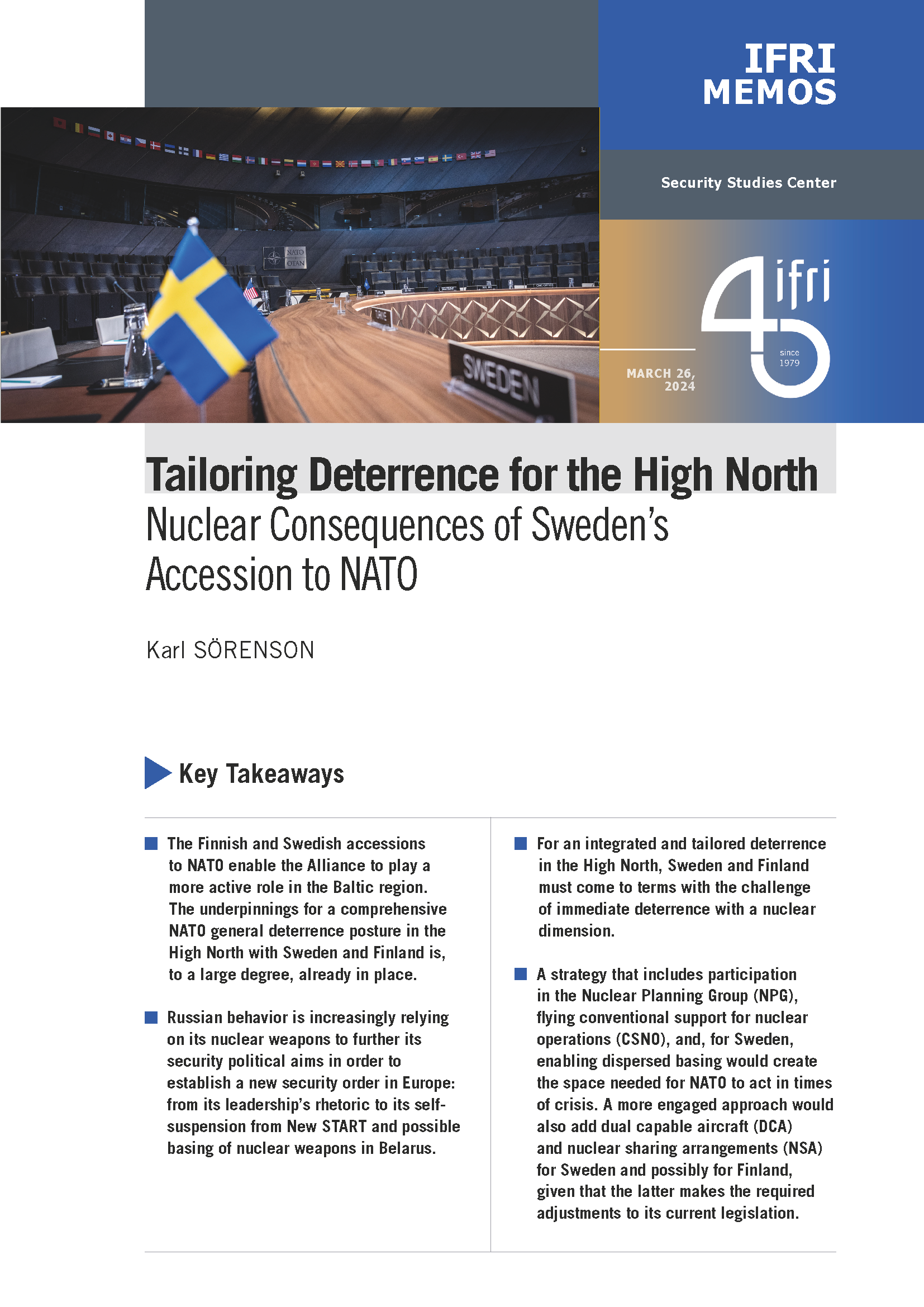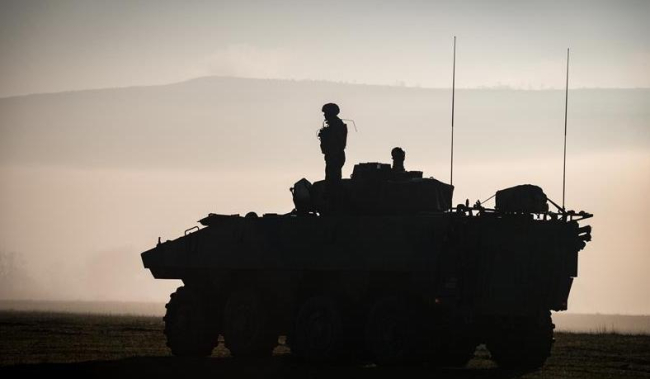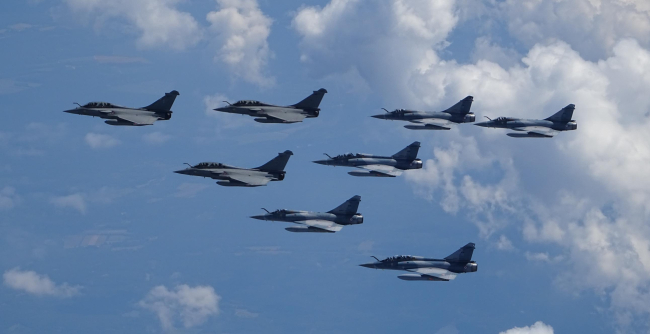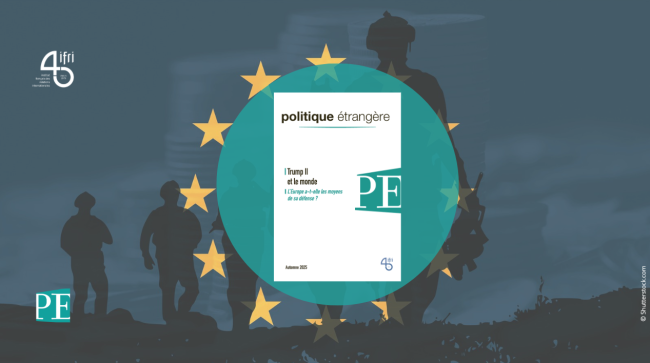Tailoring Deterrence for the High North: Nuclear Consequences of Sweden’s Accession to NATO

The Finnish and Swedish accessions to NATO enable the Alliance to play a more active role in the Baltic region.

The underpinnings for a comprehensive NATO general deterrence posture in the High North with Sweden and Finland are, to a large degree, already in place.
Russian behavior is increasingly relying on its nuclear weapons to further its security political aims in order to establish a new security order in Europe: from its leadership’s rhetoric to its self-suspension from Measures for the Further Reduction and Limitation of Strategic Offensive Arms (New START) and possible basing of nuclear weapons in Belarus.
For an integrated and tailored deterrence in the High North, Sweden and Finland must come to terms with the challenge of immediate deterrence with a nuclear dimension.
A strategy including participation in the Nuclear Planning Group (NPG), flying conventional support for nuclear operations (CSNO) and, for Sweden, enabling dispersed basing, would create the space needed for NATO to act in times of crisis. A more engaged approach would also add dual capable aircraft (DCA) and nuclear sharing arrangements (NSA) for Sweden and possibly for Finland, given that the latter makes the required adjustments to its current legislation.
Download the full analysis
This page contains only a summary of our work. If you would like to have access to all the information from our research on the subject, you can download the full version in PDF format.
Tailoring Deterrence for the High North: Nuclear Consequences of Sweden’s Accession to NATO
Related centers and programs
Discover our other research centers and programsFind out more
Discover all our analysesSaudi Arabia’s Nuclear Temptations. Lessons Learned from Regional Instability
Saudi Arabia’s integration in the international arena and regional stability, notably through reducing its dependence on fossil energies, are crucial elements for the success of the Kingdom’s Vision 2030, the Crown Prince’s top priority. However, Mohammed bin Salman’s declarations in 2018 and 2021, indicating that “if Iran develops a nuclear bomb, we will follow suit as soon as possible”, combined with the recent strikes on key Iranian nuclear facilities, do not bode well for the future of the Kingdom, the region and the non-proliferation regime at large.
The Future of Air Superiority. Command of the Air in High Intensity Warfare
Air superiority, understood as control of the air, is a cornerstone of the Western art of warfare. It is a decisive condition, albeit not sufficient by itself, to achieve military victory, as it enables the concentration of air power toward the achievement of wider strategic objectives and protects other components from unbearable attrition levels. It is best achieved through the offensive use of air power in a joint effort to neutralize the enemy’s air power.
Europe Uncovered?
As Russia continues to threaten Europe, the Trump administration is making no secret of its desire to withdraw—at least partially—from the defense of the Old
Continent in order to focus on strategic competition with China. It is thus putting pressure on its European allies to increase their investment in the military sector. The NATO Summit in The Hague in June 2025 resulted in ambitious commitments by member states to increase their defense spending.
How should Britain and France cooperate to realise the Northwood Declaration?
During his state visit to the United Kingdom (UK) last week, Emmanuel Macron, President of France, signed a joint declaration with Sir Keir Starmer, Prime Minister, on nuclear cooperation between Britain and France. The Northwood Declaration highlights that while both countries’ nuclear arsenals remain sovereign, cooperation on nuclear deterrence can ‘contribute significantly’ to the security of the North Atlantic Treaty Organisation (NATO) and the Euro-Atlantic region.










